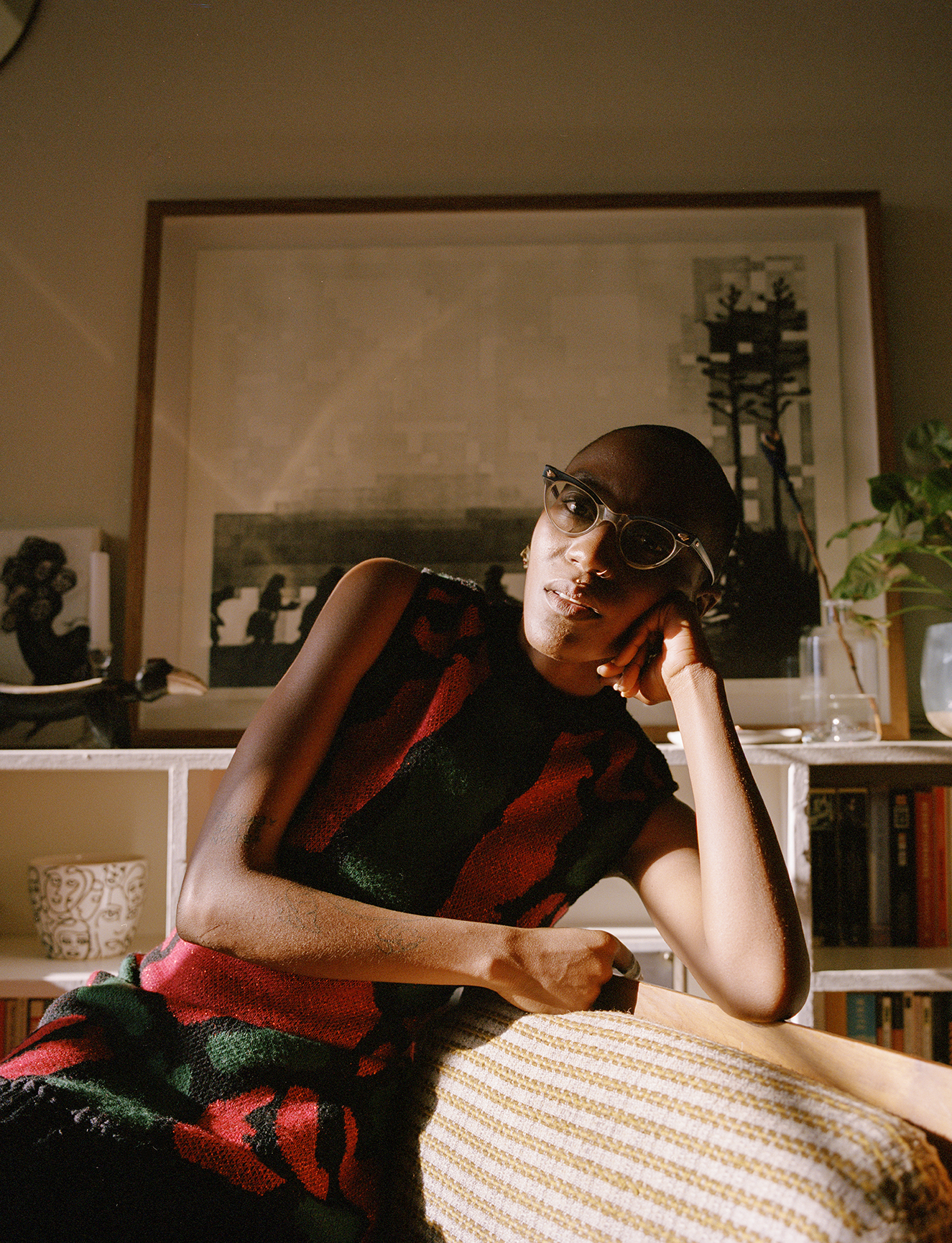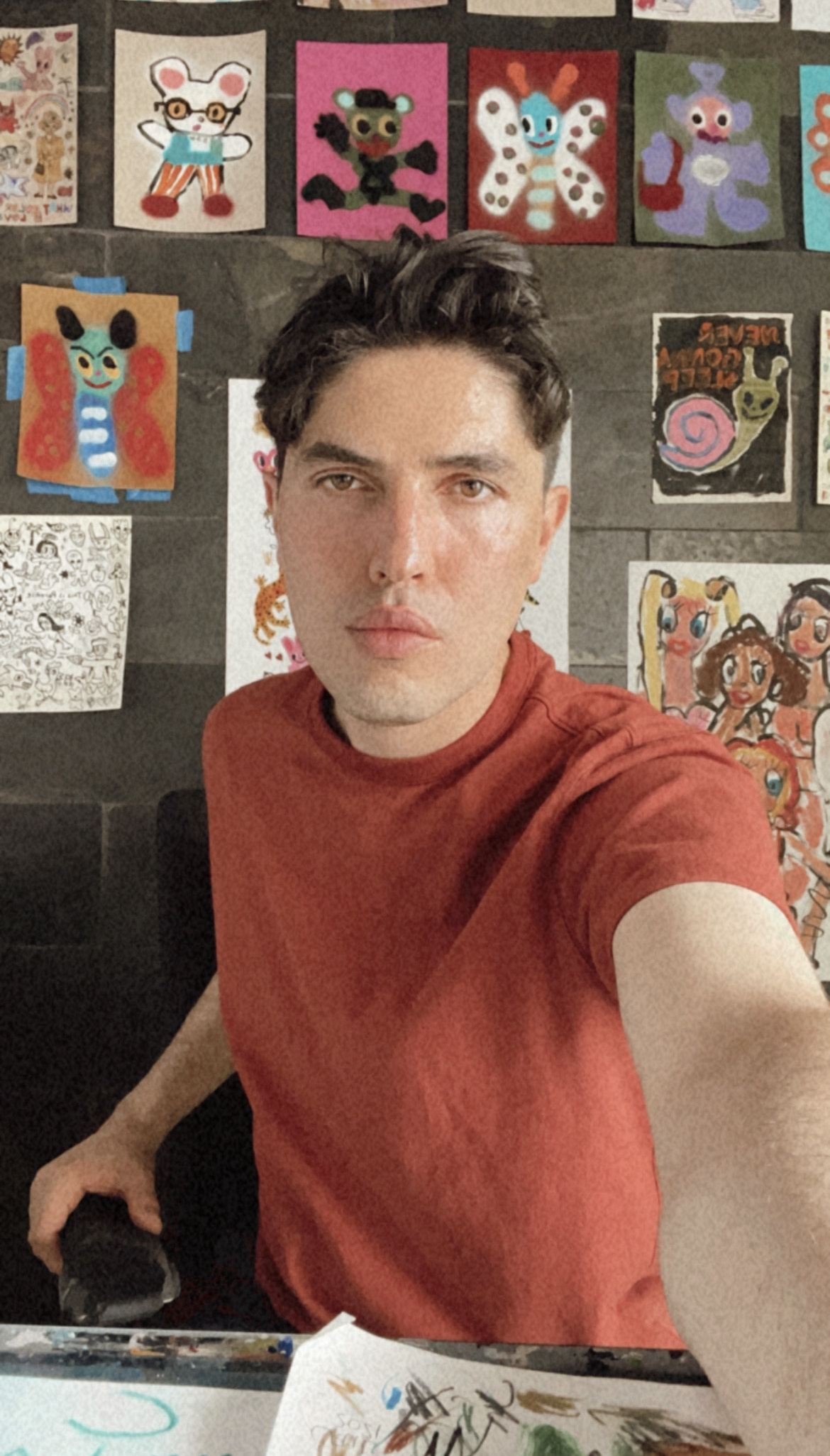The notion that participation in creative life is open only to a select, privileged few, is not a new one – you could go back centuries and find different versions of this play out in different contexts and systems. Writing in 1929, Virginia Woolf explored inhibitions to female creativity in A Room of One’s Own, an essay that would go on to be considered a seminal feminist text. One of the most valuable, and universal, ideas that Woolf teases out in A Room is that of power, its relationship to artistic production and imagination, and in whose image the world gets to be made.
In Woolf’s telling, it is authority figures (read: men), those who hold “the power and the money and the influence” who are able to partake in artistic production and imagination. In this way, the creative imagination is produced through the lens of men; it is in their language and through their words that the literary images and ‘truths’ of women are produced.
In whose image the world gets to be made
Of course Woolf was a woman, but she was also white and wealthy. In many of her works race and class distinctions play out in a way that is uncomfortable at best. It speaks to the standards of the time that she felt so inhibited by her gender alone in creating art. “We are all women you assure me?” she writes at one point in the essay, to which I want to reach back in time: “Yes”, I want to assure her, “We are all women. However, we have all been made women in different ways. History has left different fingerprint traces on our bodies and lives.” It wasn’t for nothing that Sojourner Truth, the 19th century abolitionist and women’s rights activist asked, “Ain’t I a Woman?”
The narrator’s blindspots are in her failure to account for the multiple sights of marginalisation, and therefore institutional in-access, that the writer — or creative — who is Black and woman operates from. It is a failure of observation rooted in a lack of critical intersectional analysis — one which fails to hold the many beastly heads of marginalisation accountable, much like hegemonic white feminism which, as Susan Z. Andrade has written, “Typically represents itself as the outermost possible frame for understanding the place of women as they function within cultural systems.”
Now, a lot has changed since A Room of One’s Own was first published, and yet, so much has remained the same. It cannot be overlooked that there are now far more Black femmes and women of the global majority participating in our local and global creative industries. Women who now have access to the luxury of time essential for creative production, access that was won through the efforts of those who came before, like Toni Morrison.
Though most renowned as a writer, Morrison was also an editor at the influential publisher Random House for over 20 years, and she spoke to how she used this position to platform African American voices, including feminist voices, in a 2014 interview she gave with Angela Davis:““There was a lot of activity going on, a lot of activism, and I thought, ‘I will publish these voices instead of marching.’ I thought it was my responsibility to publish African American and African writers who would otherwise not be published or not be published well, or edited well.” Morrison’s titanic impact, both as a writer and an editor, can teach us something about the value of those artists who do break through not pulling up the ladder behind them. That’s not to say the onus is on Black women to widen access, it isn’t. Rather it’s about the fact that those voices who do get to positions of power and status can be instrumental in paving the way for other creatives.
I will publish these voices instead of marching
Black women operating as full-time creatives are still few and far between, especially where those from the global majority are concerned; a result of the ongoing disaster of Black subjugation. For Black women — especially for those from the global majority — pursuing a creative career usually means leaning into a matrix of support. That support, more often than not, is a community of other femmes: mothers, sisters, friends, and aunts turned into forms of childcare and pillars of financial and emotional support.
In November of 2019 I left my job at a global cultural institute, cushiony benefits and all, where I had first started working as the Personal Assistant to the Regional Director after graduating with my first postgraduate degree. I left to step into my position as Editor of Bubblegum Club; a move which meant I no longer had access to a lot of the privileges and access afforded me when I worked for said global cultural institute.
A close friend and I once had a conversation about the nervous precarity that is being Black, femme and so-called middle class in South Africa. How it is amplified when you work in creative industries like ours and how — with no trust fund or inter-generational wealth to cushion us — we were at any time one missed paycheck away from being broke. I heard these anxieties in my mother’s voice when she questioned me about my decision to leave my job.
The only answer I could give her was that I just had to — my writing work is my rioting work. I think of it as my Labour of Love — as an offering of healing, getting free(er) and possibilities of joy — offered in radical life-making resistance to my community and lineages of Black queer femmes “with no nation or flag to protect us”.
At any time one missed paycheck away from being broke
To believe or assume that the space of artistic production, and therefore, of our creative industries has not been mangled by history’s touch and trace, would erase the facts of race, gender, class and geo-politics that effect/affect our creative industries — and the multiple barriers to creative participation faced by people who move from those subjectivities. And it would also reduce the nuanced radicalism of the work being done in and through the creativity of Black women.
To quote the writer Junot Díaz: “[Black] and Women-of-colour writers were raising questions about the world, about power, about philosophy, about politics, about history, about white supremacy, because of their raced, gendered, sexualised bodies; they were wielding a genius that had been cultivated out of their raced, gendered, sexualised subjectivities.”
The creativity of Black femmes is Wake Work: material and philosophical spaces of states of wakefulness, wakes of the unfinished project of emancipation. Their writing work is rioting work and because Black women speak from the margins of both race and gender, they must not only care to intersect them but to build beyond them.
I think of my own grandmother — a stain on the tapestry of the white imagination and its genealogy of white hetero-patriarchal supremacy and abstracting violence — and her location in the History House. I think of her beautiful and ugly. Of her joy and of her hurt, of the creative Wake Work she did not have the privilege of indulging. The stillness she was not afforded that could have been a portal for her healing.
Read More: Lifting The Lid On Pay






